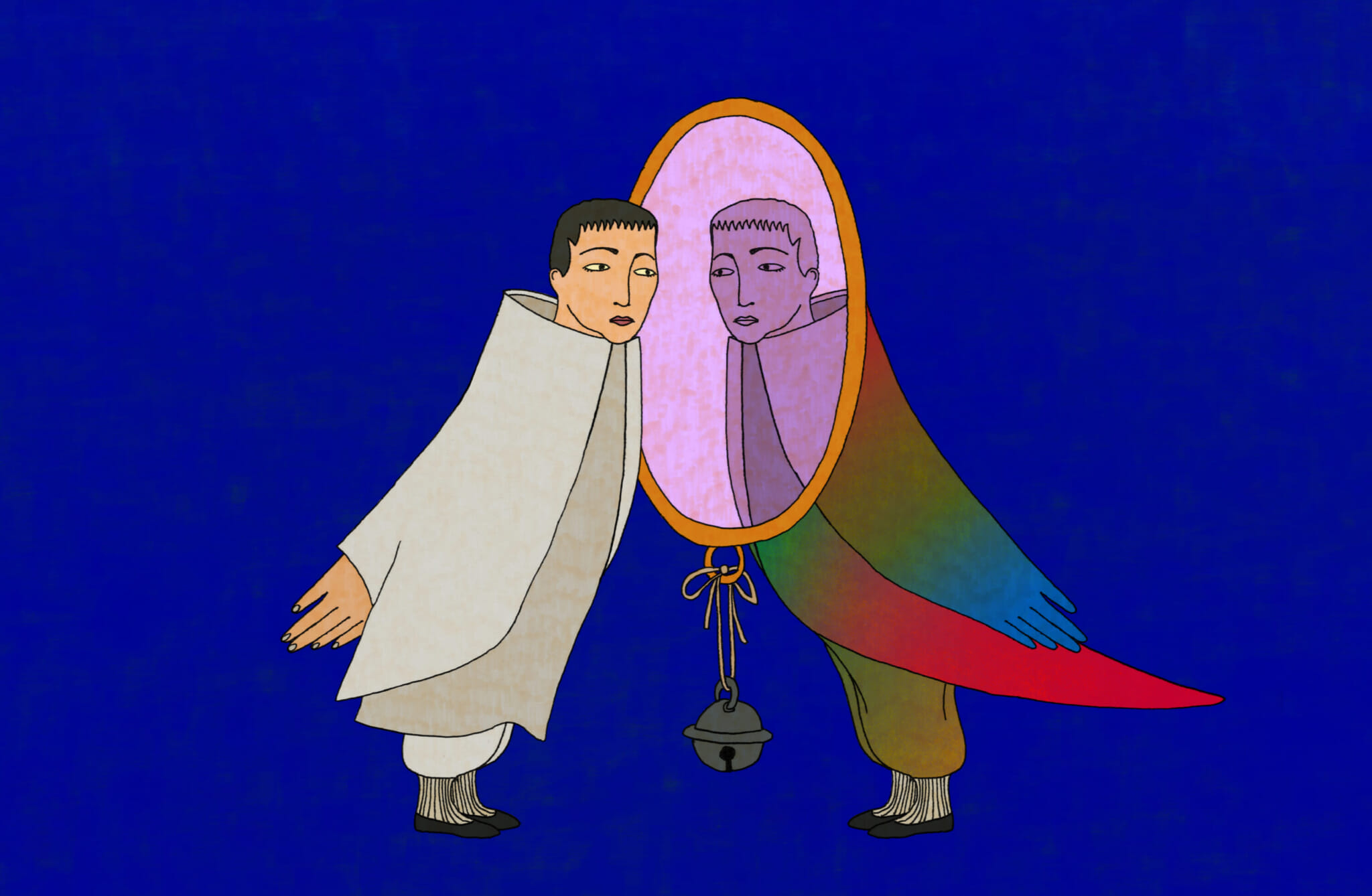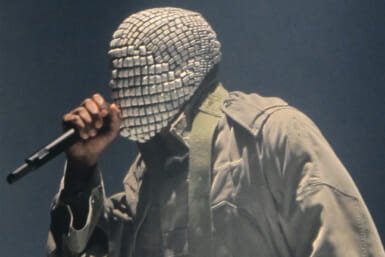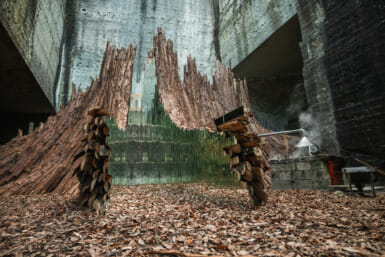“When I go into the glass houses and I see the strange plants of exotic lands, it seems to me that I enter into a dream.” — Henri Rousseau
Midori Takada’s Through the Looking Glass, which marks its 40th anniversary this year, made little impression on music audiences of its day, but this deeply personal piece of self-produced audio art is now regarded as an essential artifact of Japanese ambient minimalism. Given a helping hand by the unpredictably avant-garde whims of YouTube algorithms, Takada’s dreamlike assemblage of African and Asian rhythms, airy atmospherics and earthly organic drones has achieved a global cult status that would have been unimaginable to its maker in the pre-internet 1980s.
After graduating from the prestigious Tokyo University of the Arts, Takada began her career as a percussionist with the Berlin Radio Symphony Orchestra in 1978. Quickly finding herself frustrated by what she saw as the limitations of western classical music, she returned to Japan with an ambition to make art that better reflected her own spiritual sensibilities. After a spell of immersive study in both African drumming and Indonesian gamelan, she went on to form the highly inventive but sadly short-lived Mkwaju Ensemble alongside Yellow Magic Orchestra’s “fourth member” Hideki Matsutake and Studio Ghibli soundtrack-supremo Joe Hisaishi.
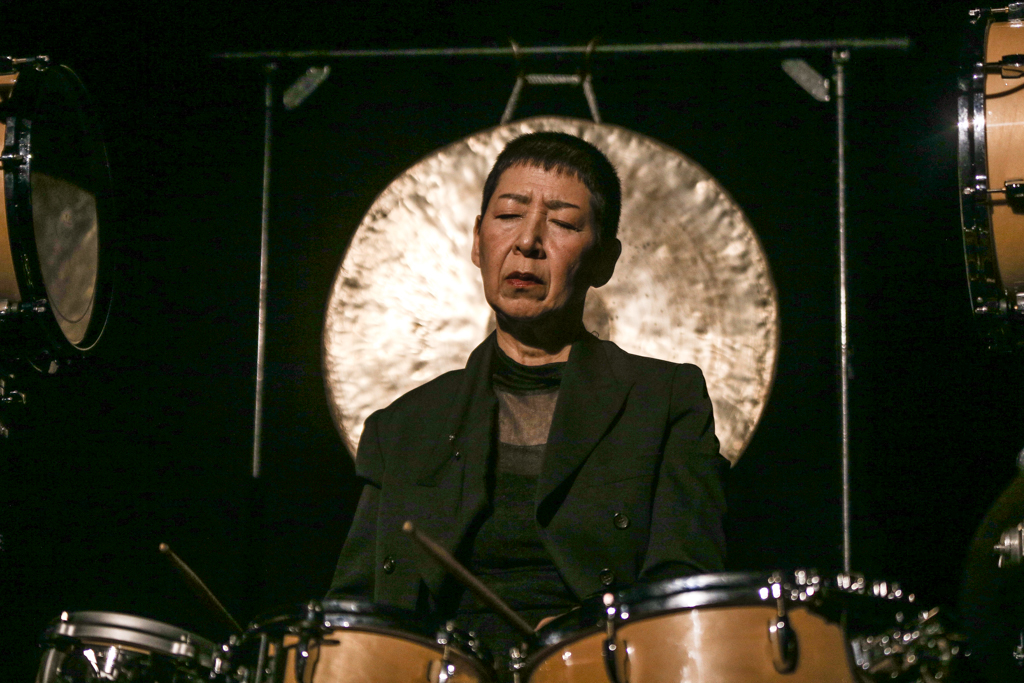
Photo by K. Nauber, UT Connewitz Photo Crew | Via Flickr
A Strange but Familiar Place
Takada’s first solo album, Through the Looking Glass, is a fascinatingly eccentric act of instrumental world-building. Imaginative recording techniques and forensically measured microphone placements give the music a disconcertingly lucid immersive quality that settles on listeners like a weighted blanket and places them in an uncannily off-kilter world. Intricate layers of marimba form the structures and signposts of this strange but familiar place, while reed organ, recorder and Cola-bottle flutes are used in acts of elemental creation that give a pulsing semi-solidity to the waking dream surrounds. At times, the air of this looking glass world is so dense with enchantment that it seems more solid than the ground — which shifts underfoot like something alive.
The four solemn rituals that make up Through the Looking Glass seem to take place under one immense and ancient sky that is painted in shades of the deepest cobalt and lapis lazuli. This glowing and sensual firmament may be eternal, but it is also changeable, and over much of the album’s terrain it becomes bruised and heavy with portent. Ominous neo-romantic swirls menace the ruins and monuments of Takada’s landscape just as they do the electrically charged architecture of a John Piper painting. The inky embrace of the sky and the breathless sleepwalking air seem like dream-memories of high summer evenings in Japan when weary faces are half-lit by lanterns and an echoing alliance of taiko drums and thunder makes old magic and other worlds seem tangibly close.
For the album opener, “Mr. Henri Rousseau’s Dream,” Takada pays a visit to one of painting’s great dreamers and visionary travelers. Known as Le Douanier (the customs officer), Rousseau roamed the world without ever leaving France. Painting en plein air in his own imagined jungles, the exotic souvenirs he bought back were looking glass versions of the Parisian zoos and botanical gardens he frequented and delighted in. Takada’s evocative title refers to the lushly verdant fantasy of Rousseau’s last completed artwork, in which the artist’s former partner Yadwigha reclines contentedly in a moonlit tropical clearing.
Rousseau’s mystic iridescent foliage teems with life, but the lions, elephants and monkeys that he has placed around Yadwigha do not endanger her. Even a dazzling orange snake that makes its way across the jungle floor seems to pose no threat. Perhaps this unexpected equilibrium may be explained by the presence of a loin-clothed figure, half camouflaged by the jungle canopy, who plays a reed pipe and stares ahead with an ambiguous serenity. It is possible he is a snake charmer, but more likely that he is a charmer of nature itself, and that the music he plays — the music made audible to us by Takada — is what holds this scene together.
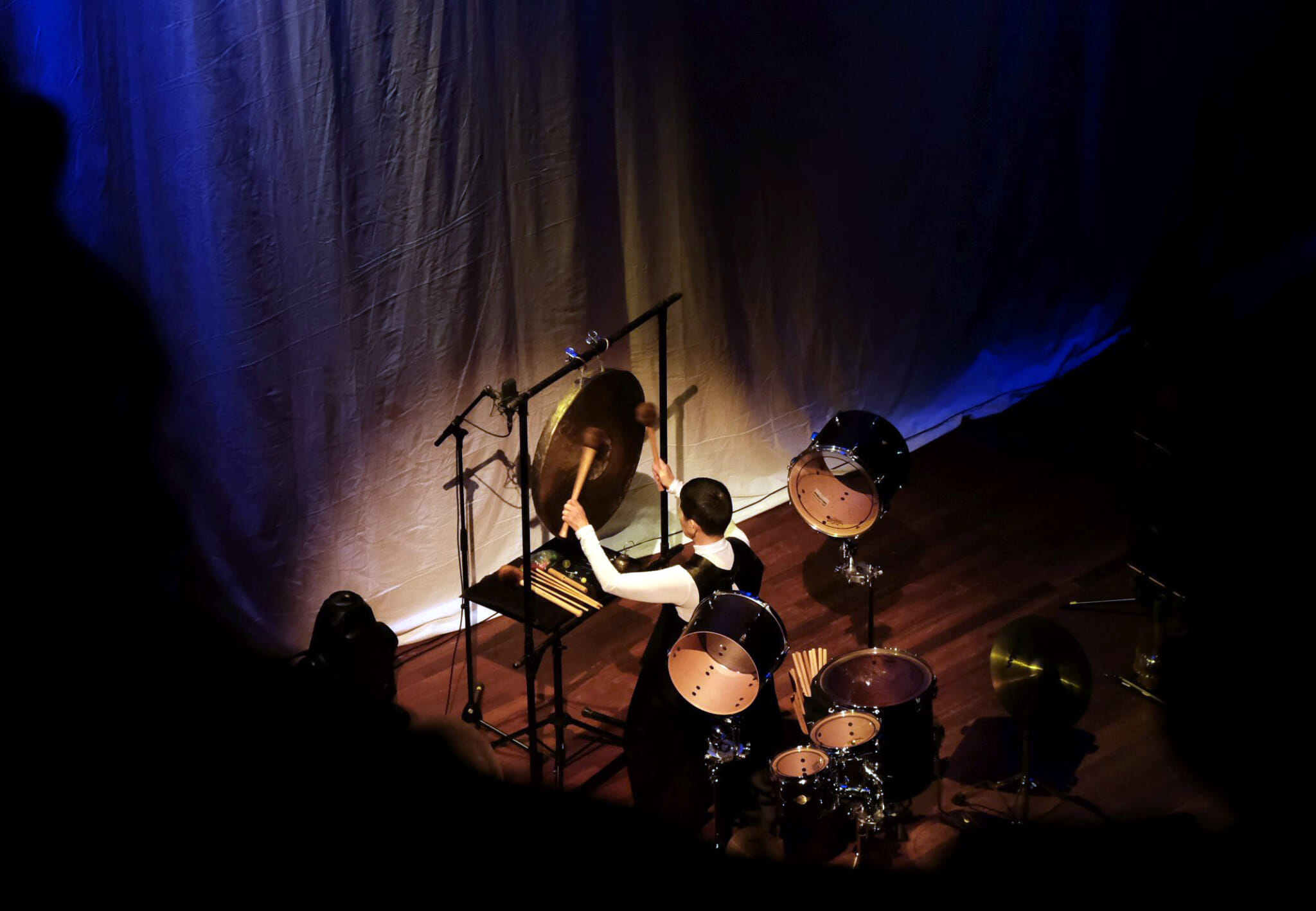
Photo by Rene Passet | via Flickr
Deceiving the Eye
The insistent but broken rhythms of “Crossing,” named for the sometimes patience-testing railway crossings that litter Japanese cities, seem rooted in the potentially creative state of hypnotic withdrawal that can settle on the minds of those who have no choice but to wait. Takada’s chiming dots and pulses of marimba — reminiscent of Steve Reich’s phased percussion — are extensions to the familiar kan-kan signal that keeps pedestrians frozen in mundane hibernation, even as they are faced with a great power and danger that they hardly seem to notice. The ability of the looking glass world to absorb and create beauty from this seeping of quotidian sound debris says much about the role of boredom and dreams in the inner world of the artist.
Acting as a sodium-lit approach into the magnificently ominous final third of Through the Looking Glass, comes the brief harmonium-wheezing excursion of “Trompe-L’oeil.” French for ‘deceive the eye,’ trompe-l’oeil refers to artworks intended to give an illusion of three-dimensional reality seen through, or in front of, the flat picture plane. Used as the title to this uneasy fairground interlude, the term must surely be intended to make us think — and perhaps even warn us — of the ultimate trompe-l’oeil trickery of the mirror, or looking glass, that hangs invitingly in every home.
The leaden chords and insistent clanging chimes that announce the arrival of the closing track, “Catastrophe Σ” seem like the prelude to a final and grim-faced Awa-Odori dance. Exploding into dizzyingly dense and ecstatic swoons of percussive evocation, Takada’s baleful composition paints a picture of human insignificance and awe when faced with the eternity we are visitors to. This strangely inverted carnival is the ritual sound of an animistic humankind who must make bargains with the spirits of the looking glass. We look to the shiny surfaces of our own mind’s eye and see ourselves in reflection, picked out briefly by the silver of a moon which is itself just a visitor to the all-enveloping night.

